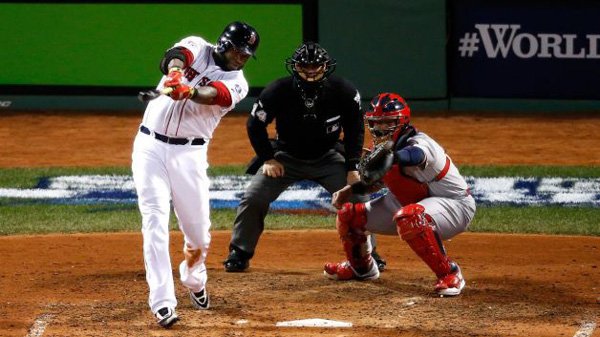
When teaching ball players to catch ground balls, I generally like to break it up into three fundamental phases: 1. before the pitch, 2. during the pitch, and 3. ball-in-play. We'll examine each one of these individually.
1. Before the Pitch
Before the pitch is thrown, an infielder needs to position himself in the correct location on the field. The exact positioning will depend on knowledge of the situation, the hitter, and the pitcher. Most infielders have a routine that they follow that keeps them loose between pitches. In addition to correct positioning and staying loose, the infielder needs to be aware of the number of outs, the score, base runners, and the pitch count before every pitch to ensure that he knows the exact situation.
2. During the Pitch
As the pitcher starts his motion, the infielder should being positioning his body in the ready motion with his body facing the batter. The infielder should have his feet slightly wider than shoulder width apart with his knees slightly bent. His hands and arms should be extended naturally in front of the body with the glove starting to be opened toward the batter. The weight of the infielder should be on the balls of his feet such that he can make quick movements in any direction. This is critical because before the ball is in play, the infielder does not know if he will receive a line drive, a weak grounder, a pop-up, or some other batted ball. He must be prepared for anything. As the baseball is about to cross the plate, the infielder should start carrying his momentum in the forward direction so that he can aggressively play the ball wherever it is hit.
3. Ball-in-play
There are many different ways an infielder can play a ball-in-play depending on the type of hit. However, the most common is the routine ground ball. For a routine ground ball, the infielder should move forward toward the ball in a controlled manner. As he approaches the ball, he should shorten his steps to ensure that he plays the correct hop, and then he should break down into position to receive the ball into his glove. His hands should be out in front of his body. This allows the infielder to see the ball enter his glove and allow for a soft catch of the ball as it is received. As the ball enters the glove, the infielder should immediately place his throwing hand on the ball to prepare for the throw. All of this should be accomplished with a quick and fluid motion.
These are the essential fundamentals for any infielder catching a ground ball. For your further information you can check Baseball Skills Guide and lots more.
The Best Golf Apparel Cracks The Best Business Deals

The plethora of benefits that go along with buying soccer cleats for sale online

Tips To Plan Your Golf Vacation

Copyright © www.mycheapnfljerseys.com Outdoor sports All Rights Reserved